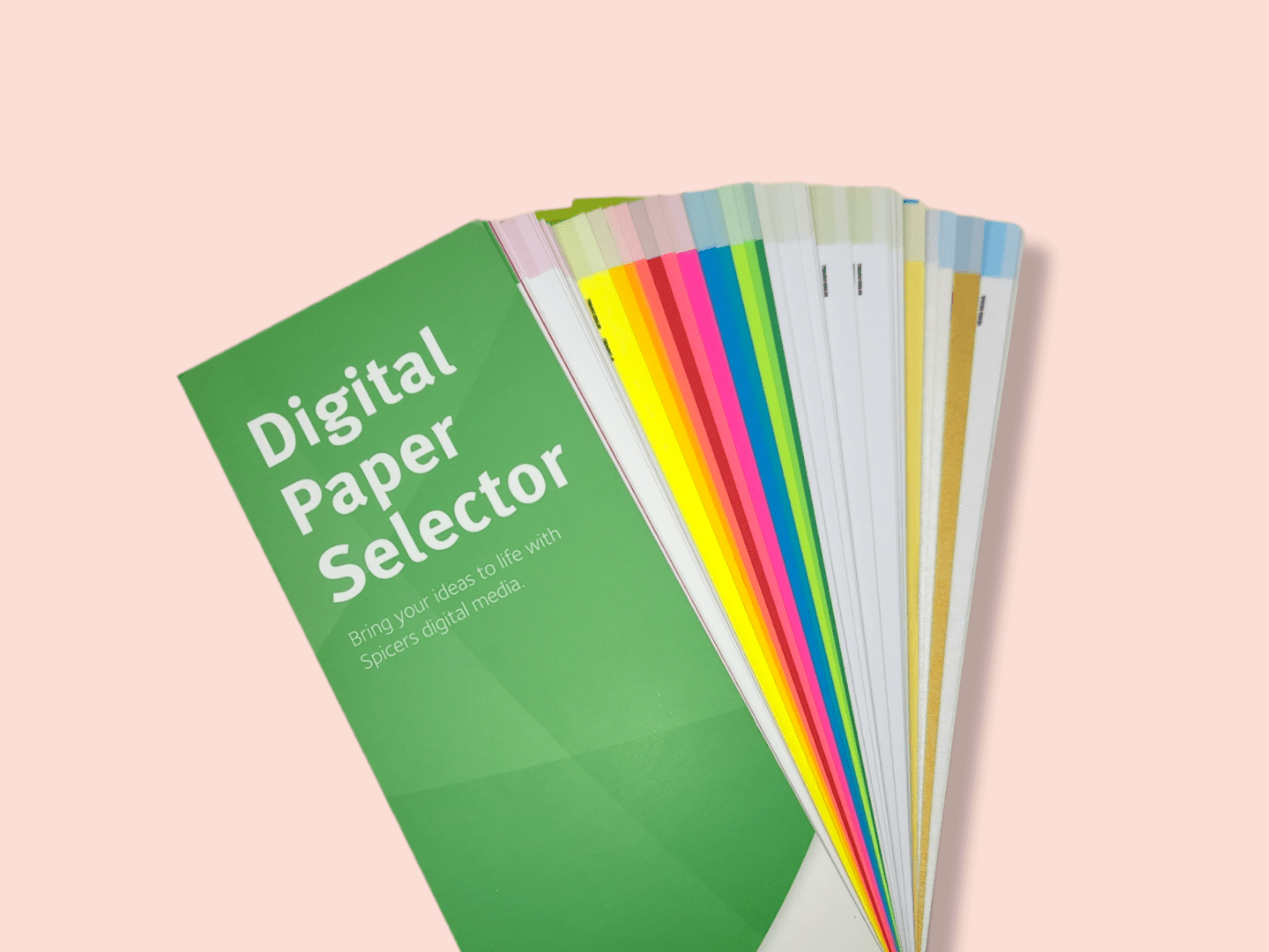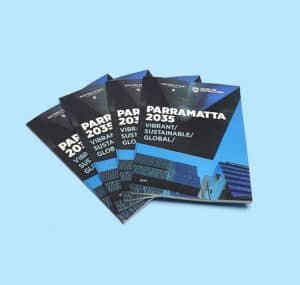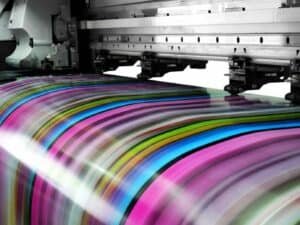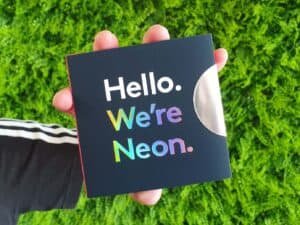Paper Stocks – Choosing the Right One

Are you starting a new printing project? Choosing a paper stock to fit your design, job and needs can be difficult without the proper knowledge & help! Don’t stress; Neon is here to guide you.
Printing is a unique form of communication; it’s both visual and textural. Both look and feel need to be considered when considering your print job.
Choosing your paper is often the first step in the process of print, depending on your design. Some designs might flow from your selected stock, so it’s essential that you choose the right stock for your project.
Certain aspects should be considered when selecting a paper stock. These could include environmental needs, the lifespan of materials, budget, colour, brightness, texture and different finishes such as watermarking.
Another detail to note is that not all paper is purely white. White is a relative term when talking about paper stocks as there are many different brightnesses. It may be worth talking to your designer before picking stocks.
This blog will discuss stock category types as there are thousands of individual stocks globally. These most common stock categories are coated stocks, uncoated stocks and specialty stocks which will be discussed in detail below:
Coated Stocks:
Coated paper stocks have a clay-coated finish that gives them a glossy or silk/matt look and feel. These stocks are smooth and non-porous; this allows for higher detail lines and depth in colour, making them perfect for photos and printed material with lots of colour and images.
This makes coated stocks perfect for magazines, postcards, book covers, business cards, Flyers, brochures and menus. Coated stocks can be written on, but the ink may run if not left to set, unlike uncoated stocks.
Our customers at Neon love coated stocks. Particularly our Sovereign digital range, which is FSC graded, making it more environmentally sustainable while still being cost-effective.
Uncoated stocks:
Uncoated stocks are porous stocks without any coating. An excellent example of an uncoated stock is regular office copy paper. Uncoated stocks have no glare, unlike coated stocks and are more absorbent to ink as the natural fibres have no coating.
For this reason, uncoated stocks are the best to write on; they are less ideal for lots of deep colours and images as the roughness and absorption can cause colours to bleed and be less bright.
If you like the roughness and feel of regular paper, an uncoated stock is the choice for you. Although most people think uncoated stocks are pretty plain, they can still be luxurious and come in a range of textures such as hammered and linen which are often used for glamorous & rustic invitations for weddings.
Uncoated stocks are best used for stationary such as notepads, letterheads and envelopes, workbooks (or anything that can be written on), budget flyers and posters.
Coloured Paper stocks:
While coloured stocks can be useful for specific jobs, they are usually more expensive than white. It is generally more effective to flood print the background colour, which gives the bonus advantage of controlling colours carefully. It is difficult to predict how images and colours will be printed onto coloured stocks making them more ideal for black and white printing.
Coloured stocks can be useful for things like black and white raffle tickets that require a coloured background and simple stationery that is black and white printed onto a particular colour.
Specialty Stocks:
As the name suggests, specialty stocks are particularly special and have a wide array of finishes that can give your print job an extra touch of luxury and glamour. Listed below are some popular choices.
Metallic Stocks –
These stocks have a high sheen and come in a selection of colours like gold, silver, red, green and blue. They are often used for certificates and invitations.
Parchment Stocks –
Parchment paper is another classic option for invitations and certificates. It has a smooth feel and a marbled/antique look that resembles traditional parchment stock made from animal skin. It comes in many different colours. Parchment paper is also trendy for scrapbooking and presentations.
Textured/embossed stocks –
Textured and embossed stocks come in both light and thick papers. As the name suggests, they are all textured differently, providing unique visuals and feel for printed material.
These stocks can be used in any printing application but are generally more expensive. However, textured stocks are the perfect choice if you want to set your print apart and create something upscaled and unique.
Neons customers usually use textured stocks for letterheads, business cards, book covers, order of service, wrapping papers, wedding invitations and much more!
Environmental stocks –
Environmentally friendly stocks have become increasingly popular in the last decade as more individuals and organisations shift their focus to sustainable practices.
While being more expensive, they allow printers and customers to be environmentally friendly and as such, can be utilised as a branding tool to build brand image and integrity while also doing something good for the environment!
This is incredibly important for some individuals and industries, for example, brands with heavily environmentally conscious customers, such as vegan food manufacturers or government offices.
Adhesive label stocks –
Adhesive stocks are used for anything that needs to adhere to a surface, such as basic stickers, wall and door decals and even rigid signage.
They come in many different materials such as paper (uncoated, gloss and matt), vinyl, coloured, transparent and metallic. It is vital to consider where you are applying it before choosing a label stock as not all stocks are water resistant, and most stocks have different life expectancies.
As you can see, when stocks are used and picked correctly, they can be a tool that plays a crucial role in the marketing and branding strategy of your printed materials.
We know that choosing the right stock can be a little overwhelming as there are so many to pick from. That’s why the team at Neon are here to help advise you. So feel free to drop us a line or call us and speak to one of our friendly team members.



